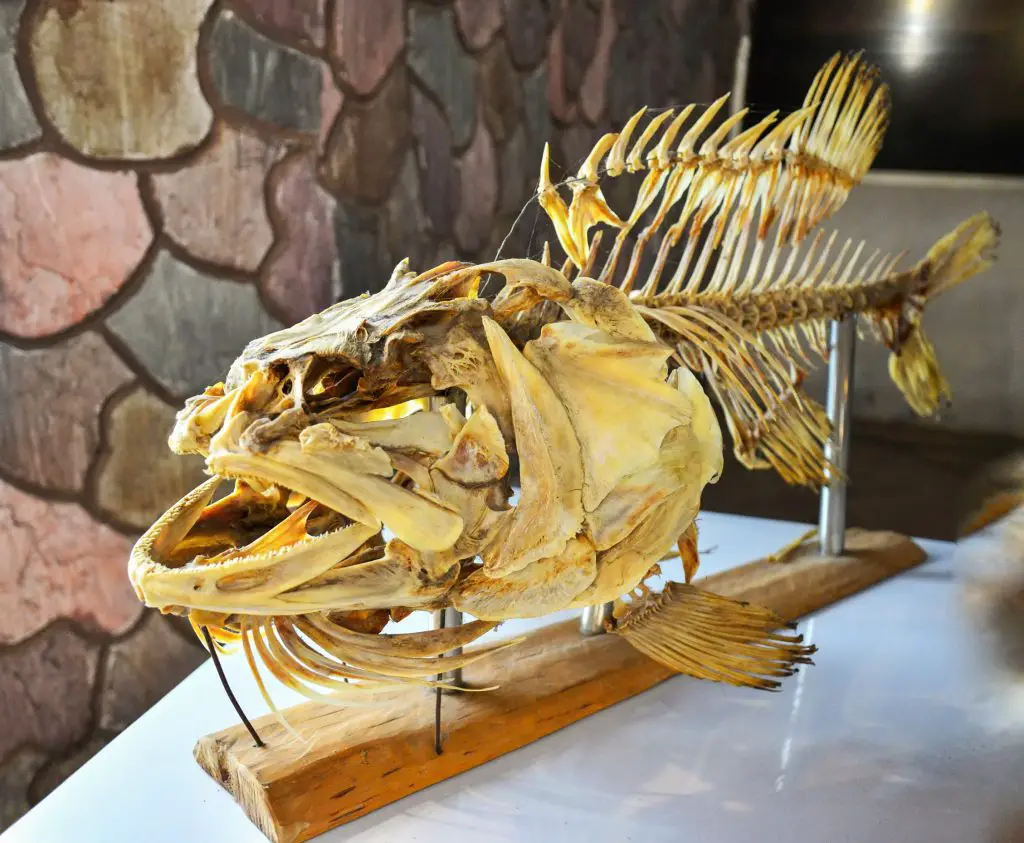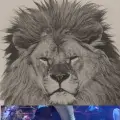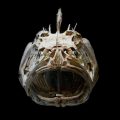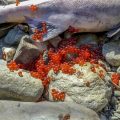Groupers do have a backbone. If you’ve never seen a grouper in person, you may not know that they move as one entity. Most fish have backbone to be able to allow them to move independently through the water in connection with their muscles. The backbone of a fish is somewhat similar to a human but also different. The backbone is a vertebral column normally running down the approximate middle of a grouper, and other fish, and most vertebrates. This backbone runs from the head of the fish down to its tail.
Is There Any Such Thing as a Grouper’s Backbone?
When people think of fish, they typically think of predators, such as sharks and sea lions, but many creatures feed on other fish, including groupers. Groupers are a type of fish that inhabit the oceans around the world. They have a unique body shape, made up of two halves connecting at the back.
Groupers have a backbone, but it is not completely clear what makes this creature unique. Some believe the backbone helps groupers stay afloat while swimming through water. Others believe that the backbone gives groupers an advantage over other fish when it comes to fighting for food.

What Is a Fish Spine?
According to the World Wildlife Fund, a backbone is a series of spinal muscles and connective tissues that support the body of fish, amphibians, and other vertebrates. The backbone allows these creatures to move through the water by undulating their entire body. A fish spine is a long, thin piece of cartilage that runs along the backbone of a fish. The spine helps protect the spinal cord and other delicate organs from damage as the fish swims and dives. The nervous system leading from the brain of a grouper, and other fish, goes through the spine to the locations needed along the grouper’s body.
Counting Spines and Rays of Groupers
There are around 100 species of groupers in the world. All of them have backbone-like structures made up of a series of spines and rays. The spine is the main structural element, and it’s made up of a series of keratinous plates that run lengthwise down the fish’s back. The ray is the minor structural element, and it’s made up of a series of vertebrae. The backbone gives groupers their unique body shape and helps them to swim powerfully through the water. It also allows groupers to move their heads and eyes independently from their bodies, which is important for hunting and avoiding danger. Groupers are predators that eat a variety of fish. Their skulls are specially adapted to crush fish skull bones while they eat, which makes them an effective predator of high-quality food sources.
Types of Fins of Grouper (Anal, Dorsal, and Caudal)
- The anal fin is a type of dorsal fin found on the front of the fish. The anal, dorsal, and caudal fins all have different purposes. The anal fin helps to move the grouper through the water.
- The dorsal fin is a type of fin located on the back side of the fish. The dorsal fin helps control movement and keep the grouper balanced while swimming.
- The caudal fin is the last type of fin located at the tail portion of the fish. The caudal fin helps to propel the grouper through water and assists in steering.
What Does Groupers’ Spine Look Like?
Groupers have a unique spine that is made up of cartilage and bone. This spine helps groupers stay afloat by providing them with stability and flexibility. Groupers have a spine that runs along their length, but it’s unclear if it’s made up of individual bones. Some scientists say it’s more like a series of knobs, while others say it’s just a series of pads. Regardless of its shape, the spine is an important part of groupers’ anatomy. It helps them move around and find food in tight spaces.
How Do Groupers Move with Spine?
Groupers backbone helps them move through the water by curling and uncurling their spine. They use their fins to control where they are going and their whip-like tails to help them move quickly through the water. Groupers have a unique method of locomotion. They use their backbones to push themselves through the water. This movement is called “backbone.”
Do Groupers Have Strong Backbones?
Yes, groupers do have a strong backbone. This is because they have a cartilaginous fish backbone that is made up of many individual bones. These bones help groupers move through the water quickly and efficiently. This is because groupers are known for their powerful swimming abilities and ability to move through the water quickly.
Some scientists believe that groupers’ backbones are strong because they use them to break the surface tension of the water to breathe. This allows them to survive in areas with low oxygen levels. Groupers also use their backbones to clamp down on prey, which helps them immobilize and kill their prey. In addition, groupers have a very large spinal cord that allows them to control their muscles and fins independently. This gives groupers an advantage over other fish when hunting and fleeing prey.
Are Groupers Predators or Prey?
Most groupers are predators, meaning they prey on other fish. However, there is one genus of groupers, the thresher shark, an obligate predator. Thresher sharks eat small fish but cannot break down their prey into smaller pieces as other predators can. This means that the thresher shark does not have backbones and does not technically fit into the predator category.
Conclusion
Groupers have backbones, just like other fish. However, they lack the cartilage in their vertebrae, allowing humans and other land-dwelling animals to move their spinal cord between their necks and lower back. Instead, groupers use a type of tissue called ossicles to provide this movement. As the name suggests, groupers are a group of fish that primarily feed on other fish and crustaceans. While they have backbones like other vertebrates, they have spinal cords that allow them to move their heads and bodies around.











